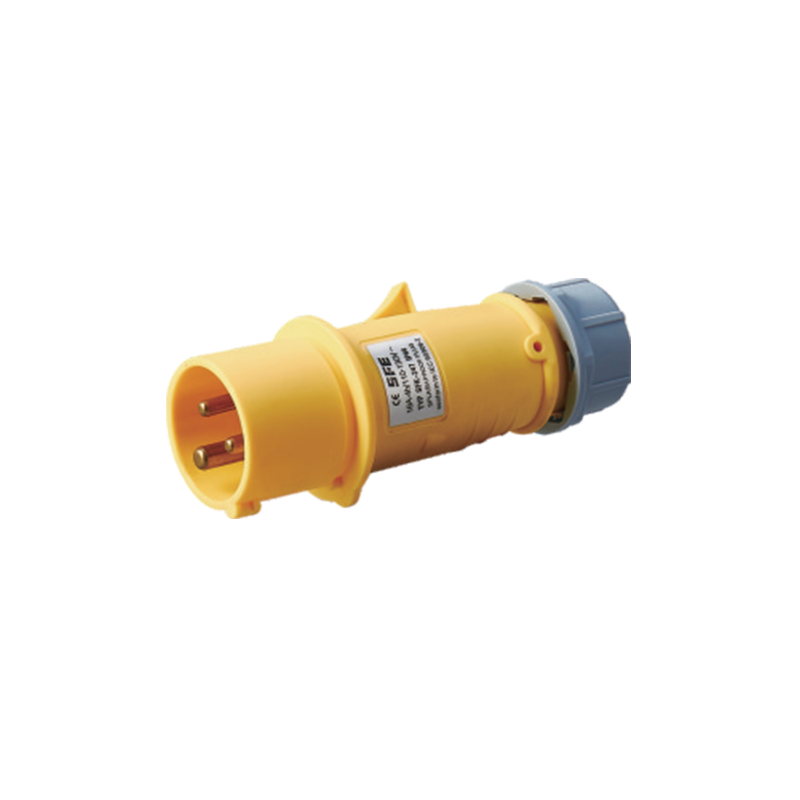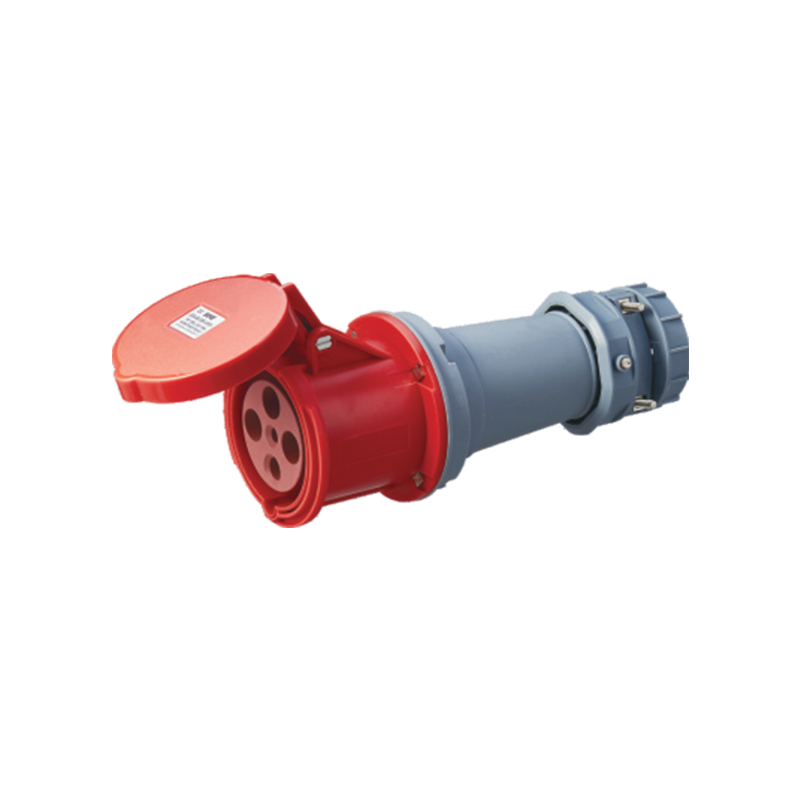Address: No. 199, Weiwu Road, Yueqing Economic Development Zone, Zhejiang Province, China.
In today's energy-conscious world, finding ways to save electricity while ensuring the functionality of our homes is more important than ever. One of the more effective areas to focus on is the usage of electrical outlets. By understanding how to manage your electrical connections and devices better, you can significantly reduce your energy consumption. Here are some practical tips that will help you optimize your use of electrical outlets, including insights on large electrical connectors, high power cable connectors, and the benefits of a 3 plug socket box.
1. Use Energy-Efficient Devices
The one step in saving energy with your electrical outlets is to use energy-efficient devices. Look for appliances that have the ENERGY STAR label or similar certifications, indicating they meet energy efficiency guidelines. These devices use less electricity than standard models, pilot to lower energy bills, and reduce environmental impact.
2. Smart Power Strips
One of the more significant culprits of wasted electricity is standby power, which is the energy consumed by electronics when they are turned off but still plugged in. Smart power strips can help combat this issue. These strips automatically cut power to devices that go into standby mode, preventing energy waste. Choose strips that accommodate large electrical connectors to ensure all your devices can be plugged in securely.
3. Proper Use of Connectors
When using electrical outlets, the type of connectors you employ plays a critical role in energy efficiency. Large electrical connectors are designed for high-capacity appliances, ensuring that they receive adequate power without causing any disruptions. Ensure these connectors are in good condition to avoid any energy loss through poor connections.
High power cable connectors are essential for devices that require more electricity. Using the right connectors for high-demand appliances can help maintain the efficiency of your home's electrical system. Regularly inspect these connectors for wear and tear, as damaged connectors can advance to overheating and increased energy consumption.
4. Limit Overloading Outlets
It can be tempting to plug multiple devices into a single outlet, especially when using a 3 plug socket box. However, overloading outlets can advance to increased resistance and energy loss, as well as pose safety hazards. When using a 3 plug socket box, be mindful of the total power draw. Ensure that the combined wattage of all connected devices does not exceed the rating of the socket box. This will not only help conserve energy but also enhance the safety of your home.
5. Unplug Devices When Not in Use
A simple yet effective way to save energy is to unplug devices when they are not in use. This practice eliminates standby power loss and can advance to noticeable savings on your electricity bill. For devices that are frequently used, consider using a power strip with an on/off switch. This allows you to easily disconnect multiple devices with a single action.
6. Use Timers and Smart Outlets
Timers and smart outlets can automate your energy-saving efforts. By programming devices to turn on and off at specific times, you can ensure they are only using electricity when necessary. For example, if you have outdoor lights, you can set them to turn on at dusk and off at dawn, saving energy during the day.
Smart outlets often come with features that allow you to monitor energy usage in real-time, providing valuable insights into which devices consume more power. This information can help you make informed decisions about when and how to use certain appliances.
7. Maintain Your Electrical System
A well-maintained electrical system is key to energy efficiency. Regularly check your outlets, connectors, and devices for any signs of damage or wear. This includes looking for frayed wires, scorch marks, or any unusual sounds when devices are in use. If you notice any issues, consult a qualified electrician to ensure your home's electrical system is safe and operating efficiently.
Implementing these energy-saving tips can significantly reduce your electricity consumption while maintaining a functional and safe home environment. By making thoughtful choices regarding your electrical outlets, using the right connectors, and being proactive about your energy use, you can contribute to a more sustainable future. Remember, every small step counts toward achieving a more energy-efficient home. Whether it's choosing energy-efficient devices, utilizing smart power strips, or properly managing your connections, each action helps reduce your carbon footprint and saves money on your utility bills.







